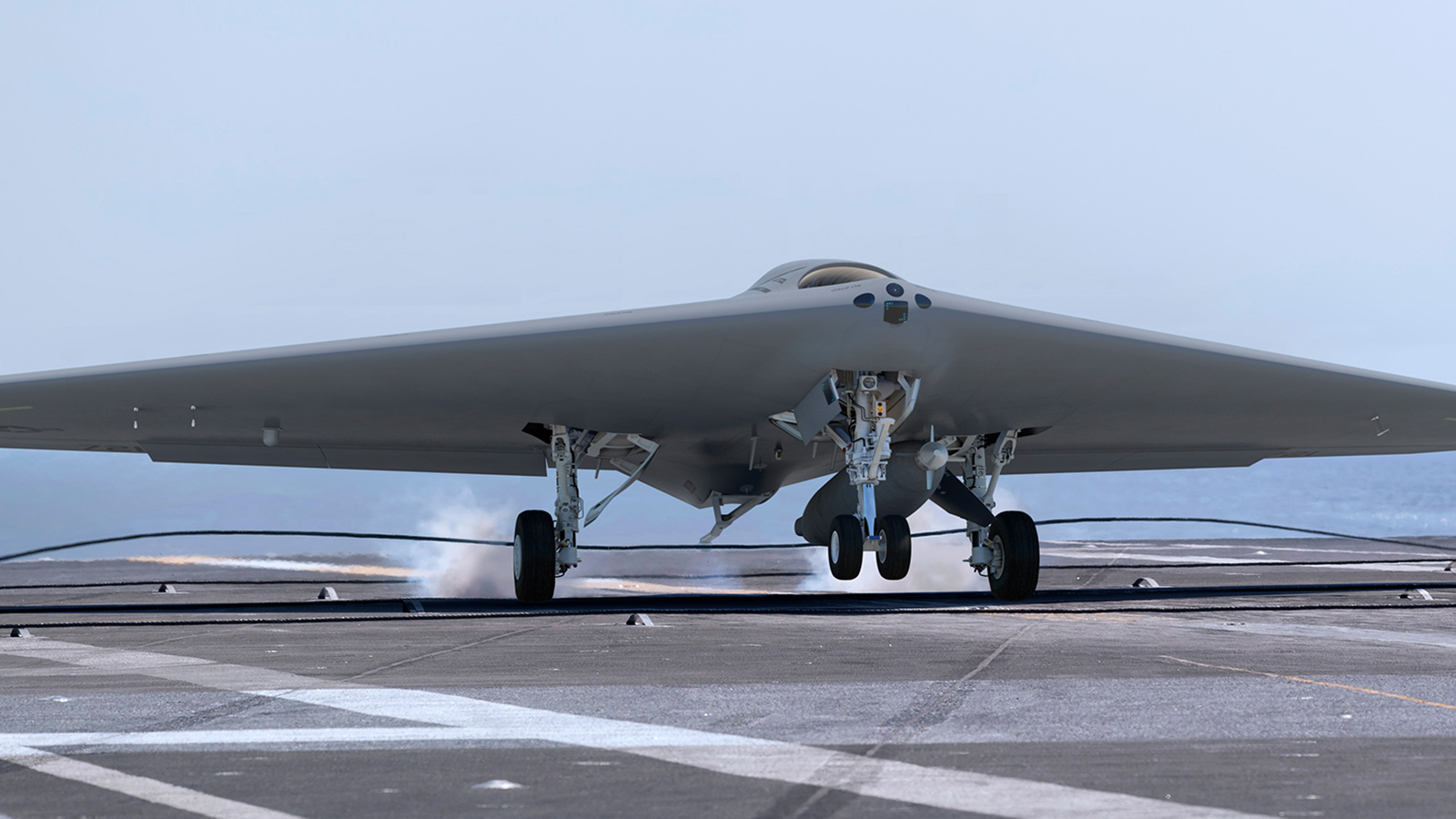Stay Up to Date
Submit your email address to receive the latest industry and Aerospace America news.
More is at stake in the U.S. Navy’s initiative to build a fleet of unmanned tanker aircraft than the program’s tactical goals.
Those managing and overseeing the MQ-25 program have the burden of restoring faith that the Pentagon and its contractors can develop amazing flying machines at something close to their advertised costs. That’s the unspoken requirement.
Building a tanker fleet marks a step back from the original vision of a fleet of stealthy, carrier-based unmanned combat planes that would take off from aircraft carriers and do much of what stealthy F-35Cs will soon do.
The bolder vision was buttressed by years of test flights with unmanned experimental planes. Everything seemed to point toward a future in which crews would supervise autonomous combat planes from the safety of ground stations or ships, rather than pilots risking their lives flying into enemy airspace and back. The vision seemed like a logical step in the progression from the days when pilots in biplanes chose to jump to their deaths rather than burn up with their aircraft.
What has deflected us from this next step is not a particular technological hurdle or even the supposed cultural reluctance to take away jobs performed valiantly today by human pilots. What has deflected us is a seeming inability to accurately predict the cost of developing, manufacturing and sustaining a fleet of complex aircraft.
As this month’s cover story shows, affordability and schedule were on the mind of then-Deputy Defense Secretary Robert O. Work when he made the decision in 2015, in coordination with the Navy, to set the service on a course to acquire what would primarily be a fleet of unmanned tanker aircraft.
Rather than be disappointed by this twist, the wisest course for congressional advocates of unmanned flight might be to focus oversight efforts on whether the MQ-25’s $5 billion cost ceiling is realistic and, if it is, whether the Navy and the winning contractor have a sound plan to live within it.
Put simply, the Pete Townsend rule should apply here: “…don’t get fooled again.” Of course, it’s rare that a broken budget and schedule can be attributed entirely to an overly rosy prediction. The Navy, according to the Government Accountability Office, wants to “develop and evolve” the MQ-25 to possibly carry weapons. If managers and congressional overseers are not careful, that strategy could set the stage for “requirements creep.” That’s the term for the tendency of well-meaning people to layer on new demands over the course of a program. Adding to the temptation could be the stealthy attributes in some of the competing designs, features that are leftovers from the Navy’s bolder vision and that do not stem from the MQ-25 requirements. Designing the MQ-25 with expanded roles in mind could amount to incorporating expensive, hard-to-manufacture elements without a guaranteed return on investment.
The best course here might be to accept that the proposed mission for the MQ-25 is consequential enough. Getting these planes out the door on schedule and on budget would deliver tactical benefits and also build confidence for the bolder steps to come.
About Amanda Miller
Amanda is a freelance reporter and editor based near Denver with 20 years of experience at weekly and daily publications.
Related Posts
Stay Up to Date
Submit your email address to receive the latest industry and Aerospace America news.




